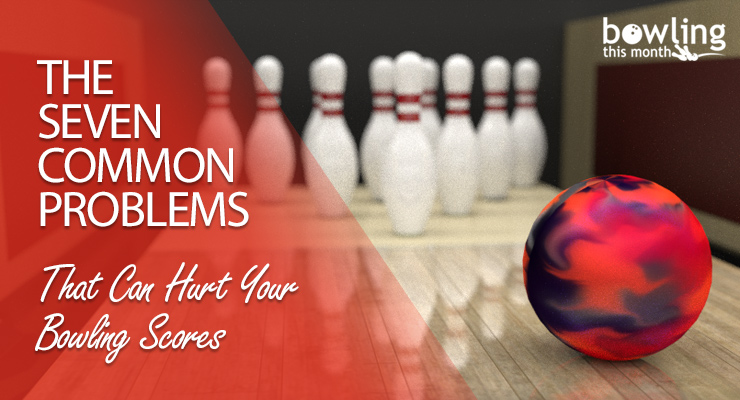Article Contents
- 1. Bad balance
- 2. Improper swing plane
- 3. Unstable posture
- 4. Mental breakdowns
- 5. Grabbing / hitting up on the ball
- 6. Ball motion blindness
- 7. Being uncoachable
- 8. Closing thoughts
Note: This article is only available to Bowling This Month subscribers.
Anyone who has watched professional bowling at some point in their life will realize that each professional bowler has a unique individual style. Anyone who has taken a lesson with a certified coach will probably have been told one or more of the same kinds of things that are often discussed across Bowling This Month’s various articles.
How is it that sometimes it feels like coaches are always telling you the same things, but when you look at the best bowlers in the world, they all seem to do things differently?
What it comes down to is that certain elements are absolutely necessary if you want to reach your potential in this sport. Other things tend to vary more based on a bowler’s style, their body type, and what works best for them mentally or tactically. With that in mind, this month I’ll introduce the seven most important elements that need correction if you want to reach your potential. Keep in mind that not all of them are physical. Over the next few months, I’ll address each one in depth with common problems and ways to fix them.
And so, in no particular order, here are my top seven common problems that hold bowlers back from reaching their potential.
Bad balance
Having poor balance at the foul line is one of the hardest things to overcome if you want to be consistent. No matter how good your swing might be, or how many revs you can put on a bowling ball, if you are off-balance during the release, it will be very hard to hit your target consistently.
One bowler that always came to mind when discussing balance is Walter Ray Williams, Jr. One of the greatest bowlers of all time, he is often cited as an example of a great bowler with not-so-great balance. His most iconic pose is after the release, with his trail leg kicking high into the air and the exaggerated follow through motion, often stepping out of the shot. In reality, though, he’s quite solid through the release, and it’s the exaggerated motion after the release which tends to be the culprit when he appears to be off-balance.
It’s often for this reason that coaches seek to get bowlers to finish with their trailing foot on the ground: it provides an extra point of stability. But balance is more than two feet on the ground. A close examination of many top players shows them with their trailing foot in the air for at least part of the release and finish position, if not staying in the air the whole time.
When working on your balance, the key thing is understanding the difference between losing stability during the release and not ...
Already a premium member? Click here to log in.


 (Only
(Only 